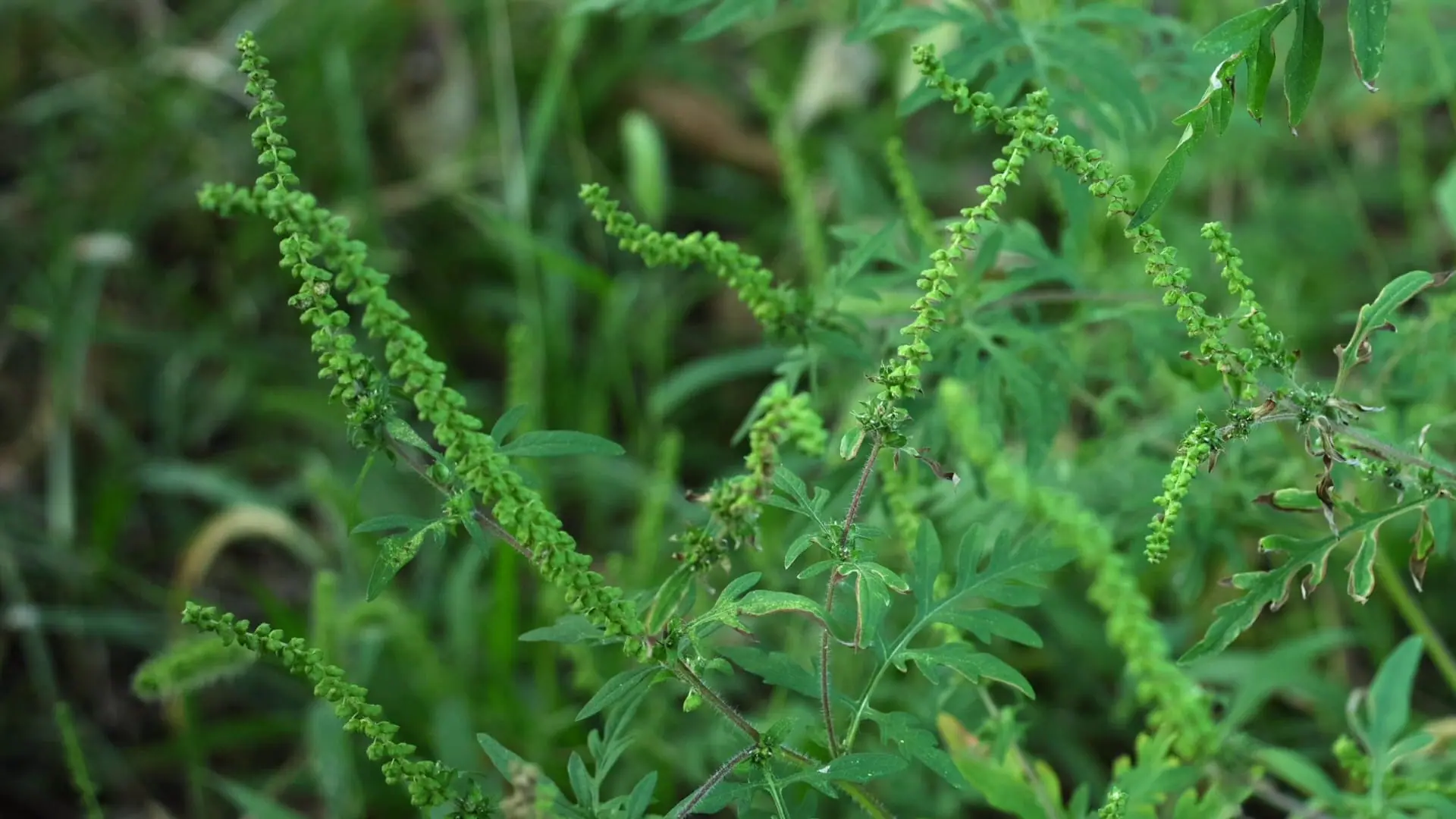An update to ragweed season in Indiana
Indiana is currently in the middle of its ragweed season, which typically runs from mid-August until the first frost, usually in late October. This period brings discomfort for many, as ragweed pollen is a significant trigger for seasonal allergies, often referred to as “hay fever.” Common symptoms include sneezing, runny or congested nose, itchy throat, watery eyes, and headaches. For individuals with asthma, ragweed can worsen symptoms, leading to coughing and wheezing.

Ragweed pollen triggers an immune response when inhaled, as the body mistakenly identifies the pollen as a harmful substance. This prompts the release of chemicals like histamines, which cause the familiar allergy symptoms.
Today, some rain may offer brief relief by temporarily reducing the pollen in the air. However, cool conditions over the next few days are expected to lead to a slight lowering in pollen levels but still one the whole remaining a concern for the near future.

There are several ways to alleviate symptoms. Over-the-counter antihistamines like cetirizine (Zyrtec) or fexofenadine (Allegra) are commonly used to block the body’s histamine response. Nasal corticosteroids, such as Flonase, can help reduce inflammation and congestion. Additionally, keeping windows closed, using air purifiers with HEPA filters, and showering after being outdoors can limit exposure. For severe cases, allergy shots or prescription sublingual tablets can help build resistance to ragweed over time.

Indiana’s ragweed season will remain at peak levels of ragweed for a few more weeks before lowering to moderate levels. It’s likely ragweed season will continue until the first frost, so staying proactive with medication and limiting exposure is essential for those affected.
